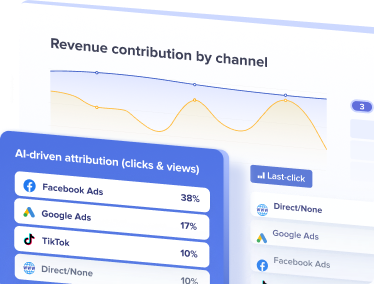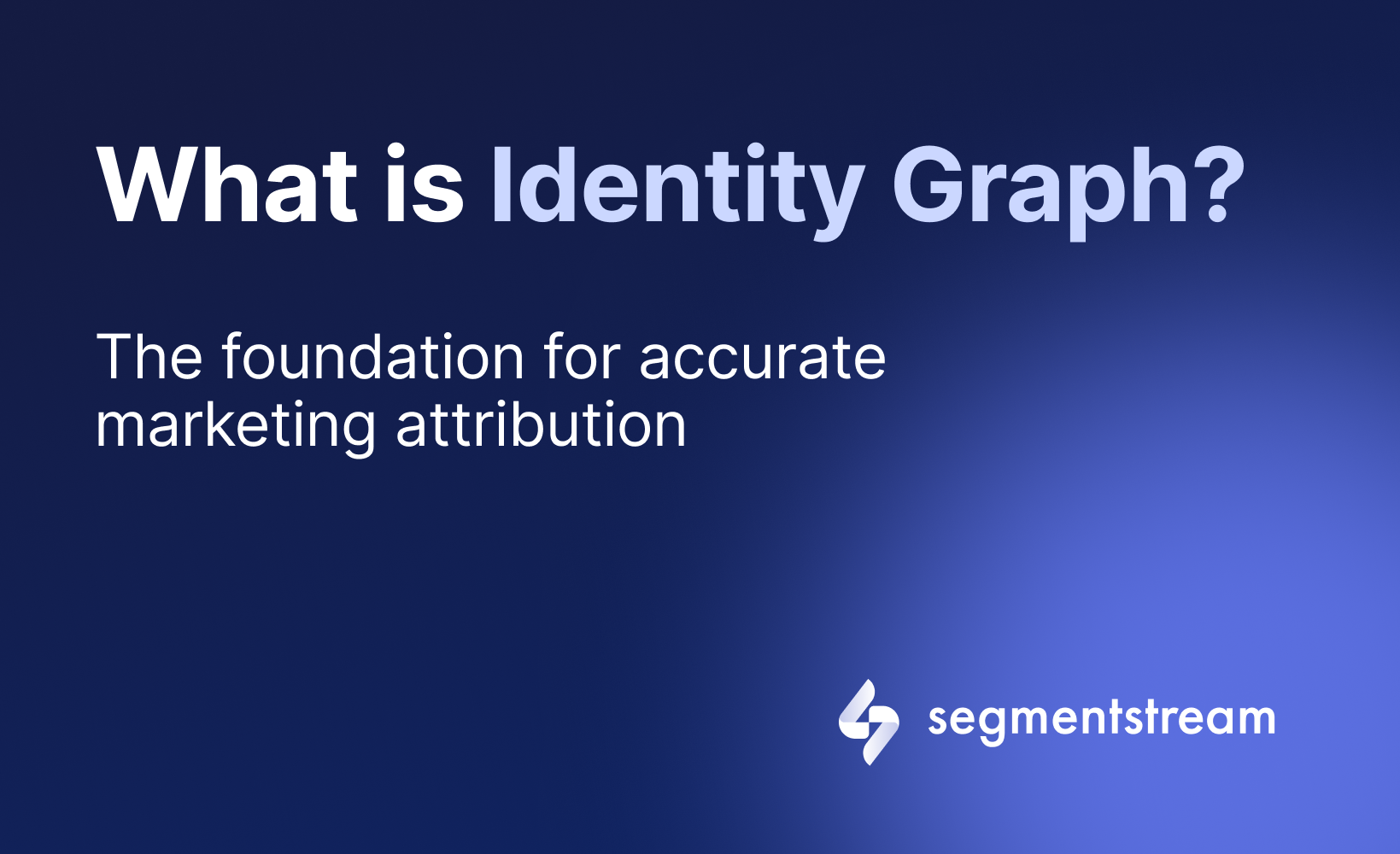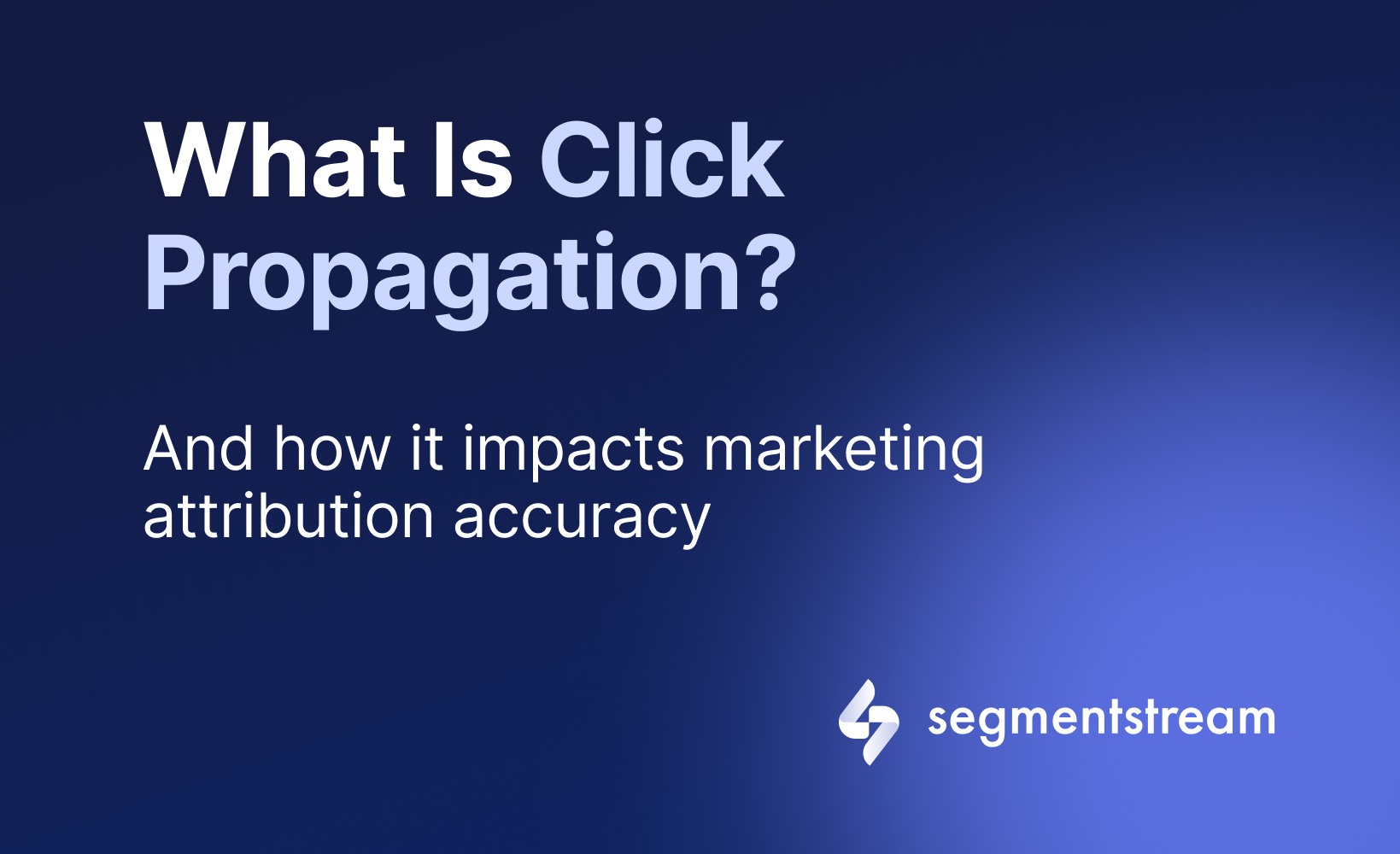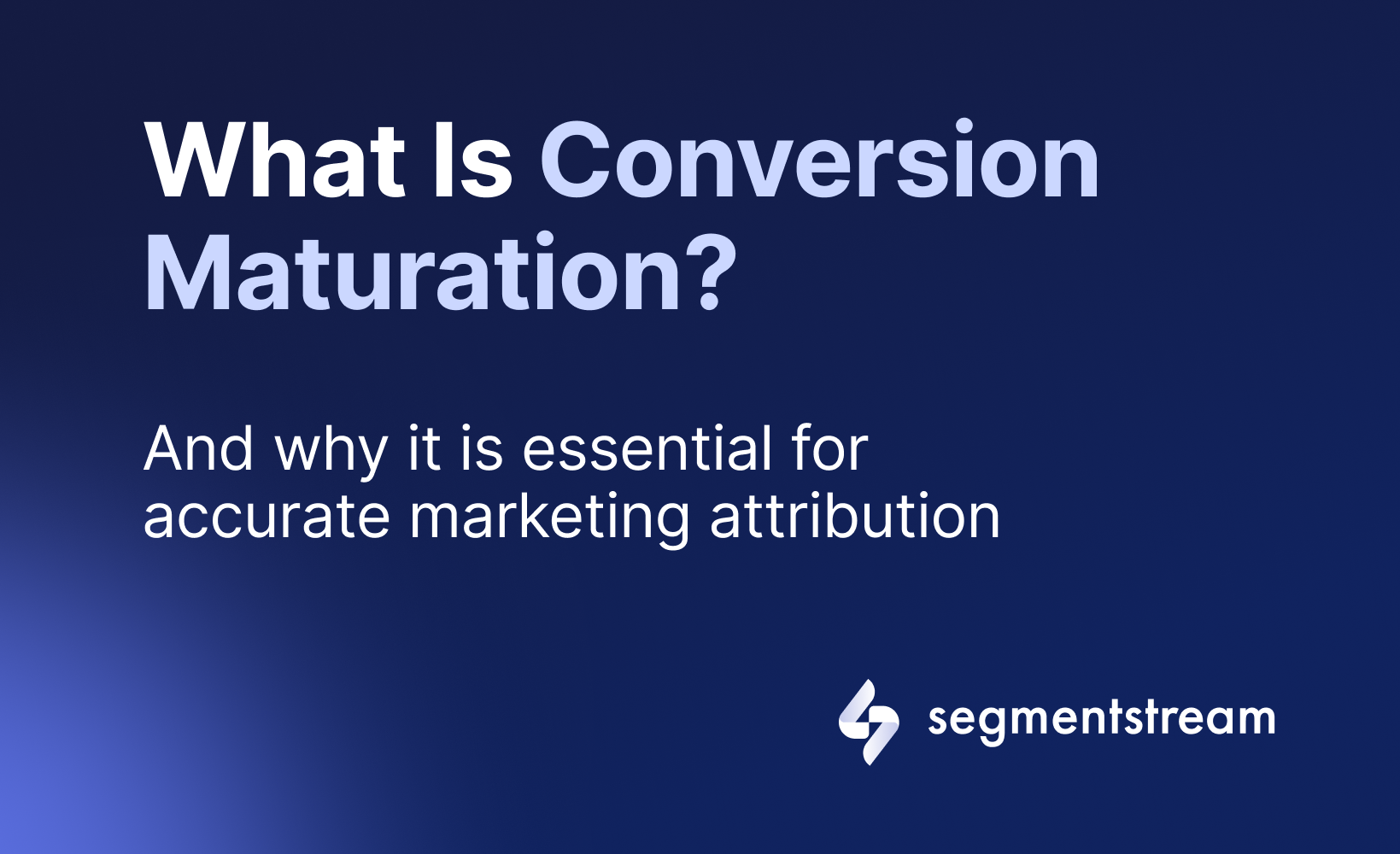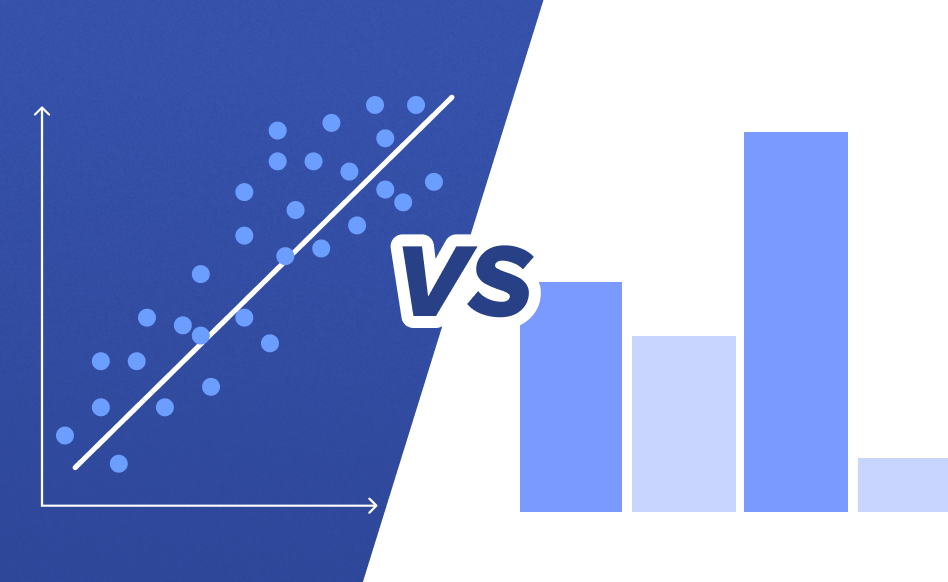
Marketing mix modelling vs. Attribution

What is attribution?
Attribution is about assigning value to the touch-points that guide a user through the sales funnel based on a specific logic. While this sounds promising in theory, there are multiple reasons why it often fails to produce reliable results in practice.
Challenges of traditional attribution models:
-
Models like multi-touch, U-shape, etc assume the entire customer journey is trackable. In reality, tracking is often incomplete due to challenges like cross-device browsing and cookie restrictions.
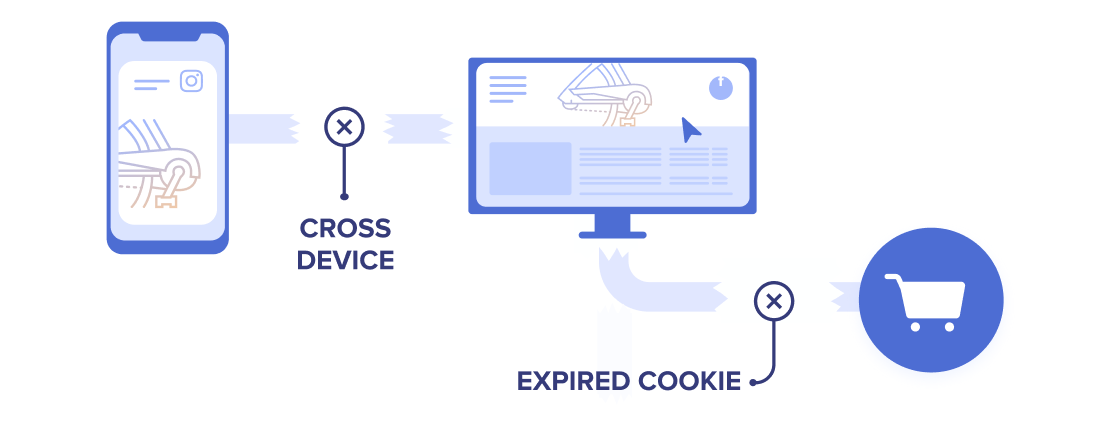
- They focus on clicks and clicks alone, neglecting visually-focused channels like Video and Social.
- They are even less effective for brands with long consideration cycles because of limited attribution windows.
- The models are based on heuristic logic. The U-shape, for example, states that the first and the last touch are the most important, which isn’t based on proven reasoning.
What is Media Mix Modelling (MMM)?
MMM studies past sales and marketing data to predict how future marketing actions might affect your business goal. The aim? Smartly allocate your marketing budget.
- How much historical data is required for MMM? You need 1-2 years of past data.
- How much does MMM cost? For mid-sized businesses, it’s between £7,000 and £35,000. For bigger companies, it starts at £85,000.
How MMM is different from common attributions like multi-touch?
- MMM seeks to understand the role of each channel and campaign in overall business success, rather than just tracking specific touchpoints.
- It uses linear regression to analyze the relationship between sales and advertising spend, unlike models based on the position of a touchpoint in the customer journey.
Challenges of Traditional Media Mix Modelling:
- High entry point. It’s best for those with a sizable marketing budget and diverse channels like TV and radio to evaluate advertising effectiveness.
- MMMs often don’t give enough weight to activities that build brand awareness. This is because they mainly look at sales, not awareness. But, if you want to focus on brand awareness, you can adjust how you use MMM.
- It’s not real-time. MMM is retrospective, meaning it looks at past data. It doesn’t offer real-time insights.
Modern MMM tools:
New approaches to Marketing Mix Modeling (MMM) have emerged to overcome the limitations of traditional methods. Companies like SegmentStream are using AI for more flexibility and real-time insights.
What to choose MMM or attribution?
While MMM offers robust insights compared to traditional attribution methods, it comes with its own set of challenges. It requires a significant time investment, substantial costs, and the expertise of in-house analysts to refine and process the data. Moreover, MMM is designed for broader, strategic planning rather than granular, day-to-day optimisations.
All-in-one alternative
SegmentStream’s attribution uses machine learning and first-party data to navigate cookie restrictions and accurately measure the incremental impact of marketing efforts. It addresses the limitations of multi-touch attribution models and provides real-time insights.
It also has an Optimization solution that works AI-enhanced version of Marketing Mix Modeling. This tool gives budget suggestions for each campaign and predicts revenue increases, helping to optimize the overall marketing mix for maximized ROAS.
Optimal marketing
Achieve the most optimal marketing mix with SegmentStream
Talk to expert